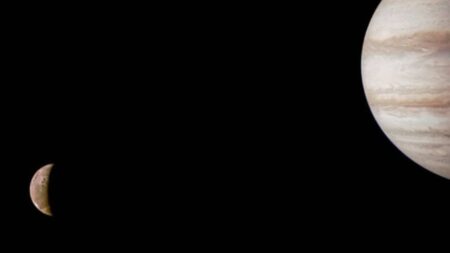According to a recently published study report, you may see human astronauts arrive on the Moon during your lifetime. The researchers examined how NASA’s funding has changed during the 1960s to determine the likelihood that the space agency will launch a mission to asteroids beyond Mars in the next century.
The non-peer-reviewed study, “Impact of Economic Constraints on the Projected Timeframe for Human-Crewed Deep Space Exploration,” is accessible on ArXiv. Researchers from the Jet Propulsion Laboratory of NASA, Radboud University, and Beijing Normal University all contributed to this article as co-authors.
The researchers found significant surges in the amount of money that NASA burnt throughout the years when analyzing how NASA’s budget has fluctuated since its start in 1958. These spikes correlated to significant events in the space era, such as the Apollo program’s early years in 1966 and the news of man’s approaching return to the Moon with the Artemis mission in 2018.
The researchers recommend that between 2071 and 2087, a spacefaring nation or group of spacefaring nations conduct a mission to the asteroid belt beyond Mars. They also anticipate that a voyage to Jupiter’s system, which includes its rings and moons, will occur between 2087 and 2101. A launch to the Saturn system is expected to occur between 2129 and 2153.
Not just the NASA’s budget estimates were used to arrive at these figures. They also examined the evolution of deep space exploration technological capabilities throughout time. Deep space exploration necessitated a wide range of technical skills, including processing power and designing, manufacturing, and operating gear such as launch vehicles, guidance systems, and life support systems.
Because quantifying the evolution of such technologies is challenging, they examined the number of published peer-reviewed technology publications regarding deep space travel throughout the years. This statistic demonstrated a clear increase tendency, allowing the scientists to develop a model using both the technological evolution data and the budget data, allowing them to reach their findings.













